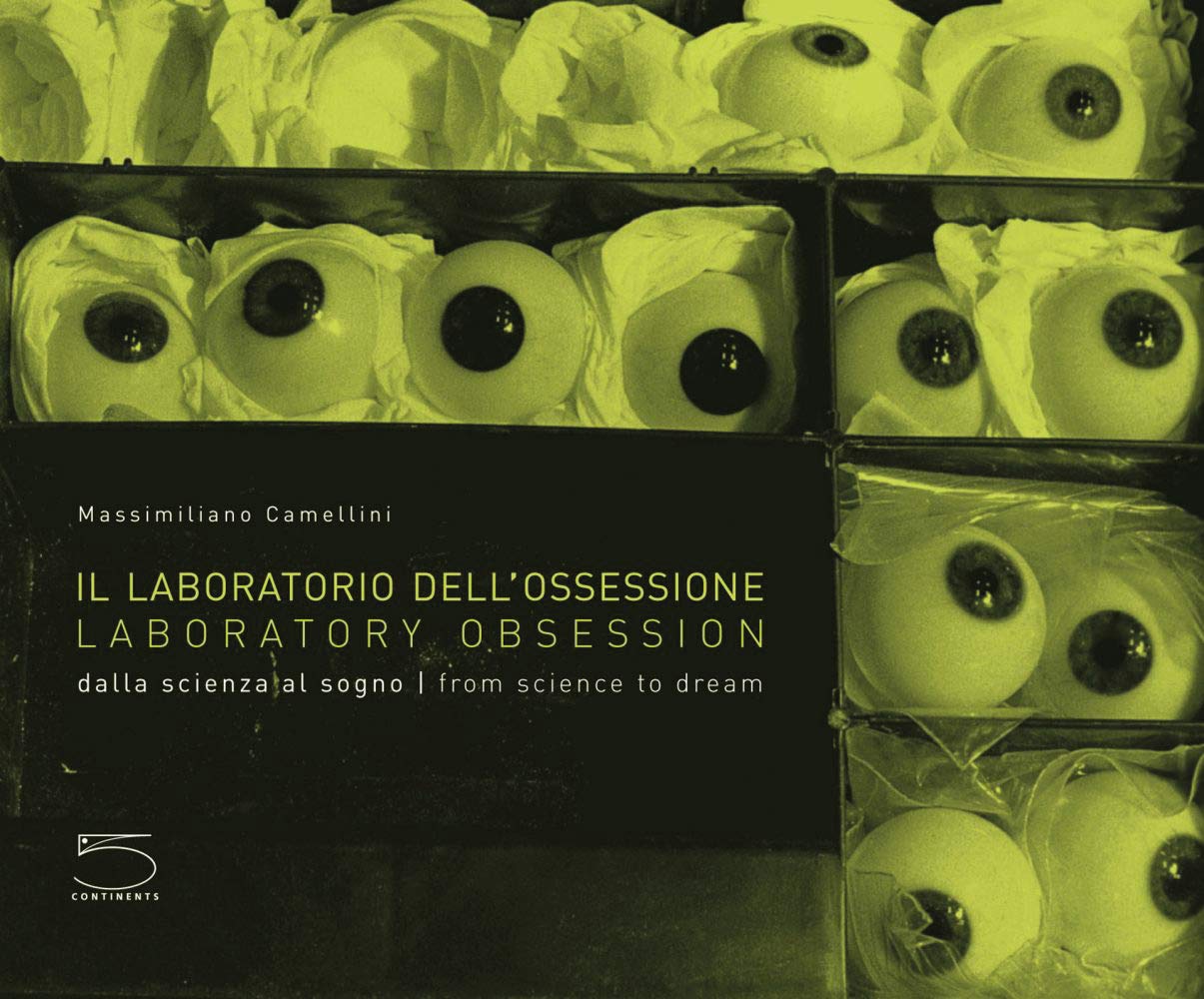- This book takes a look at the special effects used in film and theatre to portray mankind's urge to play at God, being the creator, from the ancient myth of Prometheus to our modern-day Frankenstein
First published in 1818, Mary Wollstonecraft Shelley's
Frankenstein, or the Modern Prometheus is perhaps the most famous work of literature to deal with man's obsession with the creation of life itself, thereby supplanting God and nature. In more recent times the theme has been taken further, particularly in the world of cinema and theatre, where special-effects artists have dreamed up automata, androids, and monstrous beings of all kinds. Their experiments are virtual simulations of the divine creation of man, and as such reflect the obsessions, feelings and emotions of their creators. Driven by the urge to recreate the 'spectacle of life', these artists make their characters appear life-like and 'emerge' from the film itself, so that they remain impressed on viewers' memory. The photographs in this book illustrate the many ways that special-effects artists have recreated the human form with inanimate materials.
Includes contributions by Massimo Centini (holder of the Chair of Cultural Anthropology at the Università Popolare of Turin, a member of the Scientific Committee and Department of Anthropology of the European association of Traditional Medicines. He has written numerous texts, including Guida al sacro in Europa (Newton & Compton 2000). Jonny Costantino (journalist and film critic), Mara Granzotto (teacher of photography and exhibition curator), and Georges Vercheval (founder of the Photography Museum of Charleroi).

